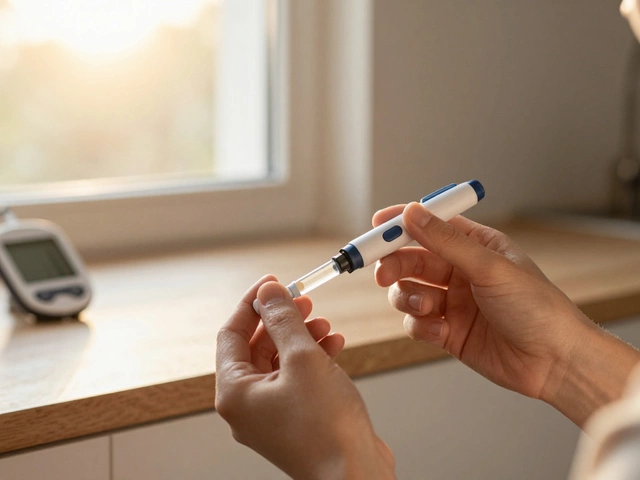Rest Days After Surgery: Essential Tips for a Smooth Recovery
Fresh out of the operating theatre, your body is begging for a break. Those first few days aren’t just about lying still – they’re the foundation for how quickly you’ll get back on your feet. Whether you’ve had a knee replacement, an abdominal procedure, or a minor skin surgery, the rules for good rest are surprisingly similar.
Why Rest Matters
Immediately after surgery, your body launches a repair crew. Blood clots, scar tissue, and inflammation are all part of the healing dance. If you push too hard, you can spike pain, increase swelling, or even undo the surgeon’s work. Gentle rest keeps the stress off the incision, reduces the demand for oxygen, and lets the immune system focus on rebuilding tissue. Think of rest as the quiet hour before the storm of rehab – it’s where the real magic starts.
How to Make the Most of Your Rest Days
1. Manage Pain Wisely – Take prescribed pain meds on schedule, not just when it hurts. A steady level of comfort keeps you from moving suddenly or tensing muscles, both of which can strain the wound.
2. Keep the Incision Clean and Dry – Follow the surgeon’s instructions on dressing changes. If you’re showering, use a waterproof cover or wait until the doctor says it’s safe. Moisture can invite infection, and infection can turn a short rest into a long hospital stay.
3. Move Just Enough – Simple ankle pumps, gentle finger curls, and short walks (if approved) keep blood flowing and prevent clots. The key is low‑impact, short bursts, not long jogging sessions.
4. Nutrition Matters – Protein, vitamin C, and zinc are the building blocks of tissue repair. A bowl of lentil soup, a chicken breast, or a handful of nuts can speed up healing. Stay hydrated; water helps flush out waste products from the surgical site.
5. Sleep Like a Baby – Aim for 7‑9 hours of uninterrupted sleep. Elevate the operated limb with pillows to cut swelling. If you’re on the floor, a recliner or a firm mattress with side supports can keep you comfortable without rolling onto the incision.
For knee replacement patients, the “hardest day” often lands on day 2 or 3 when swelling peaks. Using the tips above, you can flatten that pain curve. A UK‑focused recovery plan suggests ice packs for 20 minutes every hour, plus a short physiotherapy session on day 4 when swelling eases.
When it comes to “when can I drive?” the answer depends on the surgery type and your comfort level. Most doctors say wait at least 2 weeks after knee surgery, but only you know if you can react quickly enough to traffic. If you’re unsure, try a short drive in a parking lot first.
Remember, rest days aren’t a punishment; they’re a tactical pause. Follow the surgeon’s timeline, listen to your body, and use these practical steps to turn those quiet days into a launchpad for a strong comeback.


